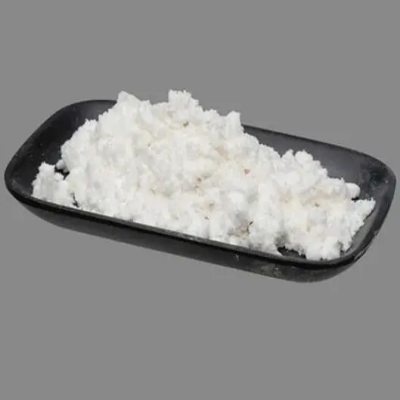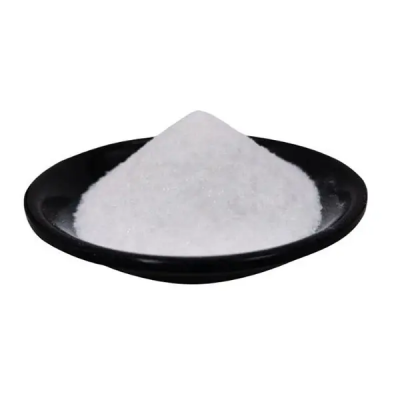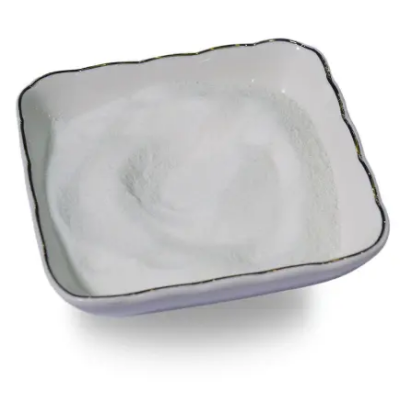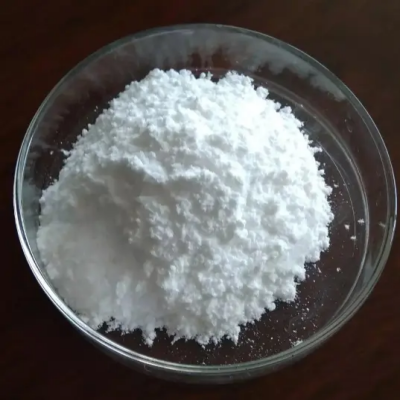Dicarbonylacetylacetonato rhodium(I) CAS:14874-82-9
Dicarbonylacetylacetonato rhodium(I) is utilized as a catalyst in several important organic reactions. One significant application is in carbonylation reactions, where it catalyzes the addition of carbon monoxide to organic substrates. This process is used in the synthesis of carboxylic acids, esters, and other carbonyl-containing compounds, which are key intermediates in the production of pharmaceuticals, agrochemicals, and fine chemicals. Moreover, Rh(acac)(CO)₂ is employed in hydroformylation reactions, also known as the oxo process. In this reaction, it catalyzes the addition of carbon monoxide and hydrogen to alkenes, yielding aldehydes. Hydroformylation is a valuable method for the synthesis of aldehydes, which serve as precursors for various industrial chemicals, plasticizers, and pharmaceuticals. Additionally, dicarbonylacetylacetonato rhodium(I) plays a role in hydrogenation reactions, facilitating the addition of hydrogen to unsaturated organic compounds. This catalyst is particularly useful in the hydrogenation of alkenes and alkynes, leading to the production of saturated hydrocarbons. These hydrogenation processes are essential in the synthesis of fine chemicals, polymers, and pharmaceuticals. Furthermore, Rh(acac)(CO)₂ is utilized in the reduction of carbon dioxide to formic acid or formate salts. This reaction is of interest due to the potential to convert carbon dioxide, a greenhouse gas, into valuable chemical feedstocks or renewable fuels. Moreover, dicarbonylacetylacetonato rhodium(I) serves as a catalyst in various carbon-carbon bond-forming reactions, including the Pauson-Khand reaction and the hydroacylation of alkenes. These transformations enable the synthesis of complex organic molecules with high efficiency and selectivity, contributing to the development of pharmaceuticals, natural products, and functional materials. In summary, dicarbonylacetylacetonato rhodium(I) is a versatile catalyst employed in carbonylation, hydroformylation, hydrogenation, and carbon-carbon bond-forming reactions. Its applications span from the synthesis of carboxylic acids and aldehydes to the reduction of carbon dioxide, making it a valuable tool in organic synthesis and sustainable chemistry.



| Composition | C7H7O4Rh |
| Assay | 99% |
| Appearance | white powder |
| CAS No. | 14874-82-9 |
| Packing | Small and bulk |
| Shelf Life | 2 years |
| Storage | Store in cool and dry area |
| Certification | ISO. |









![N-[(9H-fluoren-9-ylmethoxy)carbonyl]-L-leucine CAS:35661-60-0](https://cdn.globalso.com/xindaobiotech/S76J2VEENN5@2_BTD49.png)